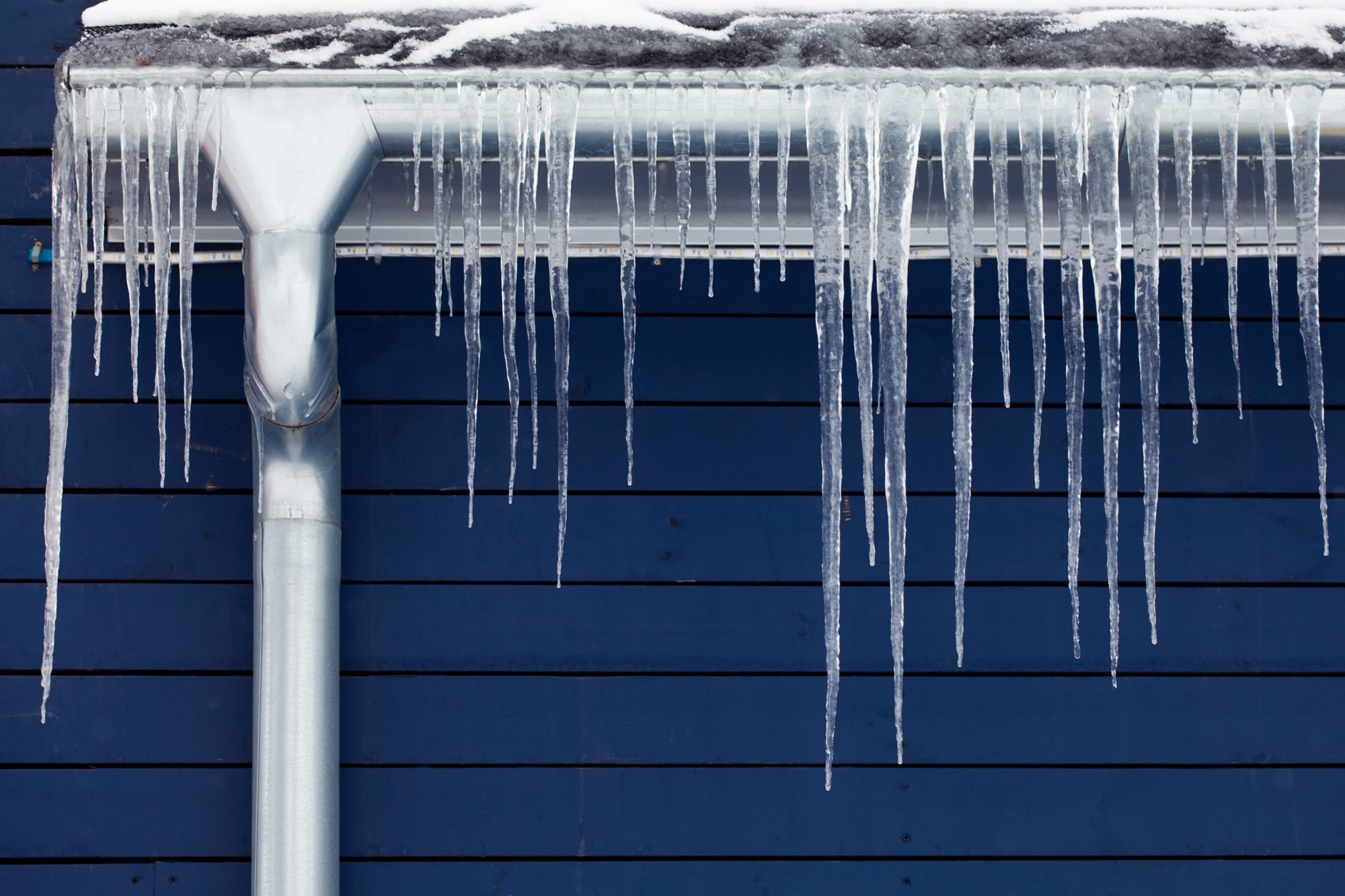Tips to Safeguard Your Plumbing from Freezing: Key Advice
Book ServiceEveryone will have his or her own thinking about How To Avoid Freezing Pipes.

Winter can ruin your pipes, especially by freezing pipes. Here's how to stop it from taking place and what to do if it does.
Intro
As temperatures drop, the threat of icy pipes increases, possibly causing expensive repairs and water damage. Recognizing just how to avoid frozen pipelines is critical for home owners in cold climates.
Prevention Tips
Protecting vulnerable pipelines
Cover pipelines in insulation sleeves or use warm tape to shield them from freezing temperature levels. Focus on pipelines in unheated or outside locations of the home.
Home heating methods
Keep indoor spaces sufficiently warmed, especially locations with plumbing. Open closet doors to permit warm air to distribute around pipes under sinks.
Just how to recognize icy pipelines
Try to find lowered water flow from taps, unusual smells or noises from pipes, and noticeable frost on exposed pipes.
Long-Term Solutions
Architectural adjustments
Take into consideration rerouting pipelines far from outside walls or unheated areas. Include added insulation to attic rooms, cellars, and crawl spaces.
Upgrading insulation
Invest in top quality insulation for pipelines, attic rooms, and walls. Proper insulation aids preserve consistent temperature levels and minimizes the risk of icy pipes.
Shielding Outside Plumbing
Yard hoses and outside faucets
Detach and drain pipes garden tubes prior to winter season. Set up frost-proof faucets or cover outside taps with insulated caps.
Understanding Icy Pipelines
What creates pipelines to freeze?
Pipelines freeze when revealed to temperatures listed below 32 ° F (0 ° C) for prolonged durations. As water inside the pipelines freezes, it expands, taxing the pipeline walls and possibly creating them to break.
Risks and damages
Frozen pipes can lead to water supply disruptions, property damages, and pricey repairs. Ruptured pipelines can flooding homes and cause substantial architectural damage.
Indicators of Frozen Pipeline
Identifying frozen pipelines early can avoid them from breaking.
What to Do If Your Pipes Freeze
Immediate actions to take
If you think frozen pipelines, maintain faucets available to ease pressure as the ice melts. Utilize a hairdryer or towels soaked in warm water to thaw pipes slowly.
Final thought
Protecting against frozen pipelines requires proactive actions and quick feedbacks. By comprehending the causes, indications, and preventive measures, house owners can protect their plumbing throughout cold weather.
5 Ways to Prevent Frozen Pipes
Drain Outdoor Faucets and Disconnect Hoses
First, close the shut-off valve that controls the flow of water in the pipe to your outdoor faucet. Then, head outside to disconnect and drain your hose and open the outdoor faucet to allow the water to completely drain out of the line. Turn off the faucet when done. Finally, head back to the shut-off valve and drain the remaining water inside the pipe into a bucket or container. Additionally, if you have a home irrigation system, you should consider hiring an expert to clear the system of water each year.
Insulate Pipes
One of the best and most cost-effective methods for preventing frozen water pipes is to wrap your pipes with insulation. This is especially important for areas in your home that aren’t exposed to heat, such as an attic. We suggest using foam sleeves, which can typically be found at your local hardware store.
Keep Heat Running at 65
Your pipes are located inside your walls, and the temperature there is much colder than the rest of the house. To prevent your pipes from freezing, The Insurance Information Institute suggests that you keep your home heated to at least 65 degrees, even when traveling. You may want to invest in smart devices that can keep an eye on the temperature in your home while you’re away.
Leave Water Dripping
Moving water — even a small trickle — can prevent ice from forming inside your pipes. When freezing temps are imminent, start a drip of water from all faucets that serve exposed pipes. Leaving a few faucets running will also help relieve pressure inside the pipes and help prevent a rupture if the water inside freezes.
Open Cupboard Doors
Warm your kitchen and bathroom pipes by opening cupboards and vanities. You should also leave your interior doors ajar to help warm air circulate evenly throughout your home.

We are very occupied with Preventing and dealing with frozen pipes and I'm hoping you enjoyed my piece. Sharing is nice. One never knows, you could be doing someone a favor. Thanks for your time. Revisit us soon.
Visit The Following Page